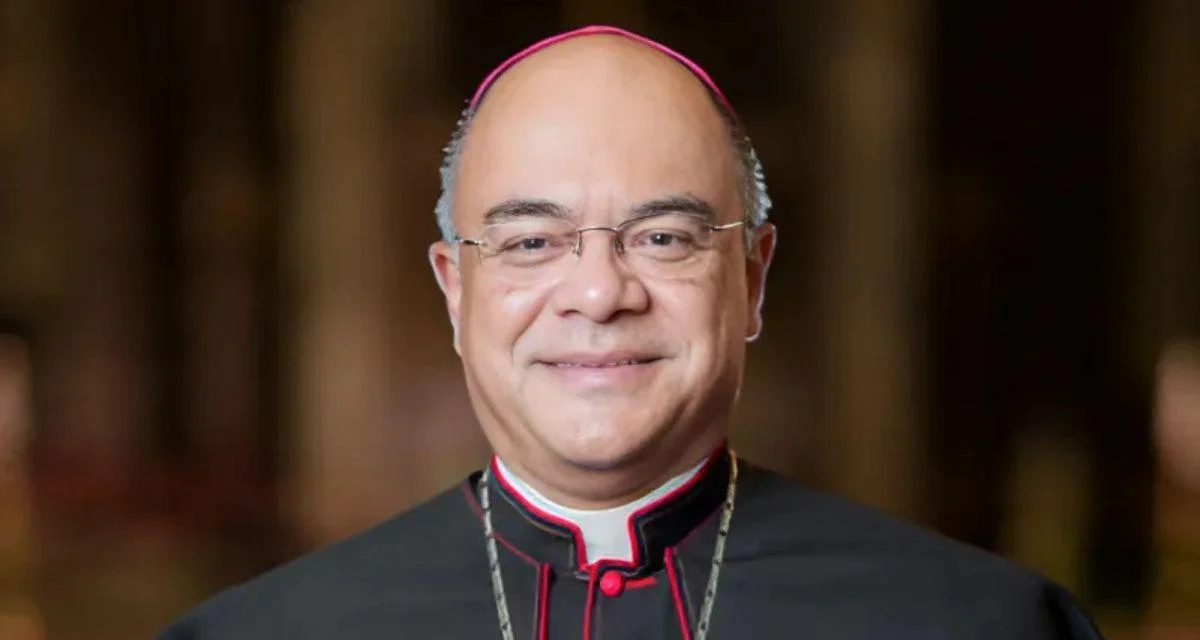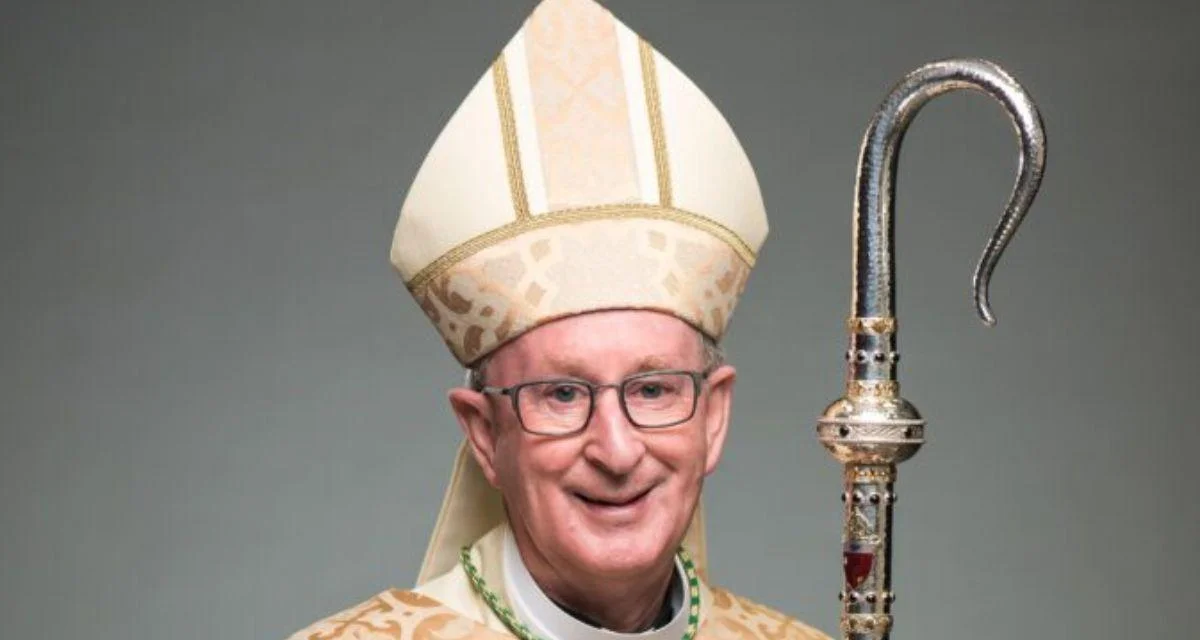
St. Faustina Kowalska | Wikimedia Commons
Catholics celebrated the feast of St. Faustina Kowalska, a Polish woman who had a vision of Jesus describing His Divine Mercy, on Wednesday.
“Today we remember #StFaustinaKowalska,” Pope Francis tweeted. “Through her, God taught the world to seek salvation in his mercy. Let us remember this especially when thinking of the war in #Ukraine. Let us trust in God's mercy which can change hearts. #Peace”
St. Maria Faustina Kowalska, who was named “Helena” at birth, was born Aug. 25, 1905, in Poland. At 20, she joined the Congregation of the Sisters of Our Lady of Mercy, choosing “Maria Faustina” as her religious name. She died on Oct. 5, 1938.
St. Faustina kept a diary, in which she recounted several important visions.
In one, Jesus appeared to her wearing white with “red and pale rays emanating from his heart” the National Catholic Register reports.
She also recorded a vision in which he told her: "Paint an image according to the pattern you see, with the signature: ‘Jesus, I trust in You’ [in Polish: “Jezu, ufam Tobie”]. I desire that this image be venerated, first in your chapel, and then throughout the world. I promise that the soul that will venerate this image will not perish.”
Such narratives were meant to save souls, helping people make the choice to report and gain an understanding of Jesus’ Divine Mercy. Pope St. John Paul II canonized St. Faustina in 2000.
St. Faustina’s life journal also includes a description of hell, as she saw in a vision during a retreat. She says an angel appeared to her and showed her “a place of ‘great torture’ and ‘fire that will penetrate the soul without destroying it — a terrible suffering,’” according to excerpts from her diary.
She wrote about being shown different levels of hell, much like how Dante described it.
“There are caverns and pits of torture where one form of agony differs from another,” she wrote, and ”there are special tortures destined for particular souls. These are the torments of the senses. Each soul undergoes terrible and indescribable sufferings related to the manner in which it has sinned.”
St. Faustina’s accounts of her visions were important in helping the Church convey its message of Divine Mercy, Divinemercy.org says. Pope St. John Paul II called her "the great apostle of Divine Mercy in our time."
A prayer to St. Faustina reads: “St. Faustina, you told us that your mission would continue after your death and that you would not forget us. Our Lord also granted you a great privilege, telling you to 'distribute graces as you will, to whom you will, and when you will.' Relying on this, we ask your intercession for the graces we need, especially for the intentions just mentioned. Help us, above all, to trust in Jesus as you did and thus to glorify His mercy every moment of our lives. Amen”
In Aleteia, Philip Kosloski writes about St. Faustina’s devotion to the Rosary. He writes that she would pray the Rosary every Saturday, in memory of the day the Blessed Virgin Mary prayed for her Son after he was crucified. A diary entry says she received a message from Jesus: “on Saturdays, to say five decades of the Rosary with outstretched arms.” That message from Jesus reinforced her commitment to praying the Rosary weekly.
Her funeral was on Oct. 7, which, coincidentally, is the Feast of the Rosary.
St. Faustina’s “Diary: Divine Mercy in My Soul” can be purchased on Amazon.


 Alerts Sign-up
Alerts Sign-up